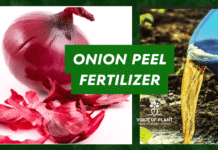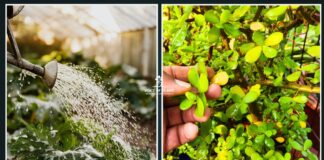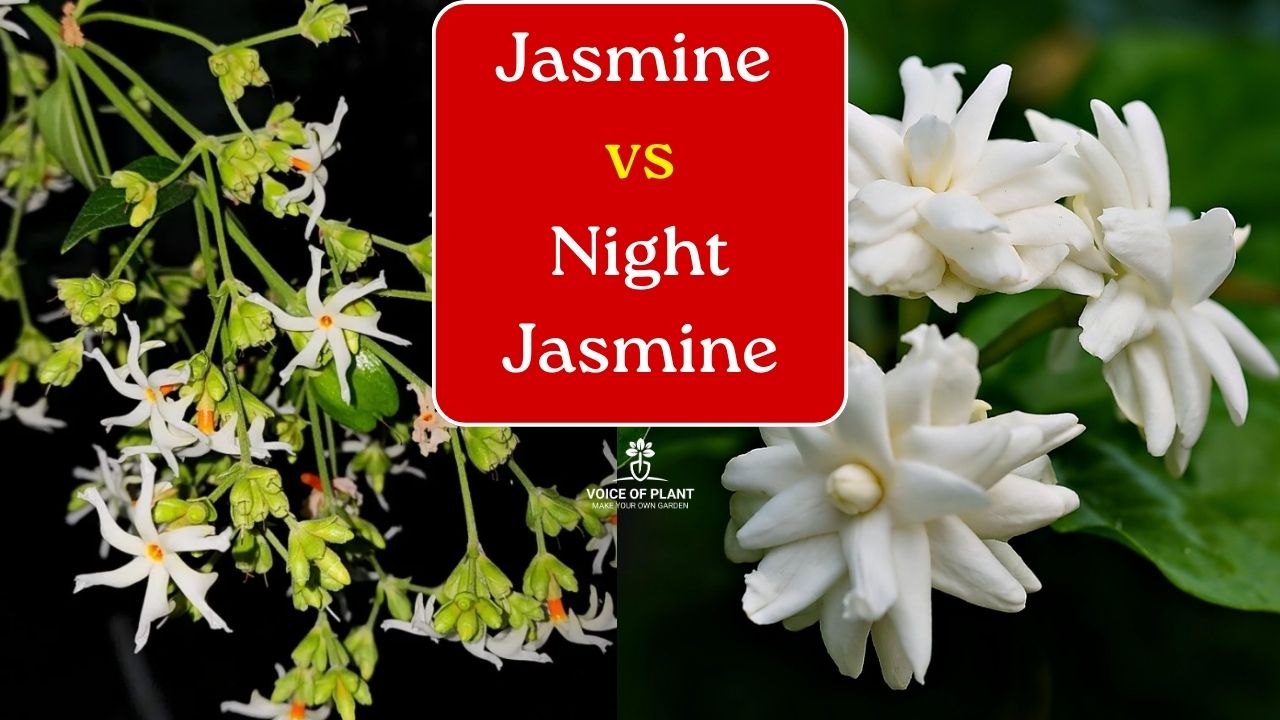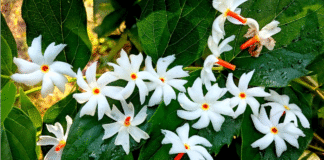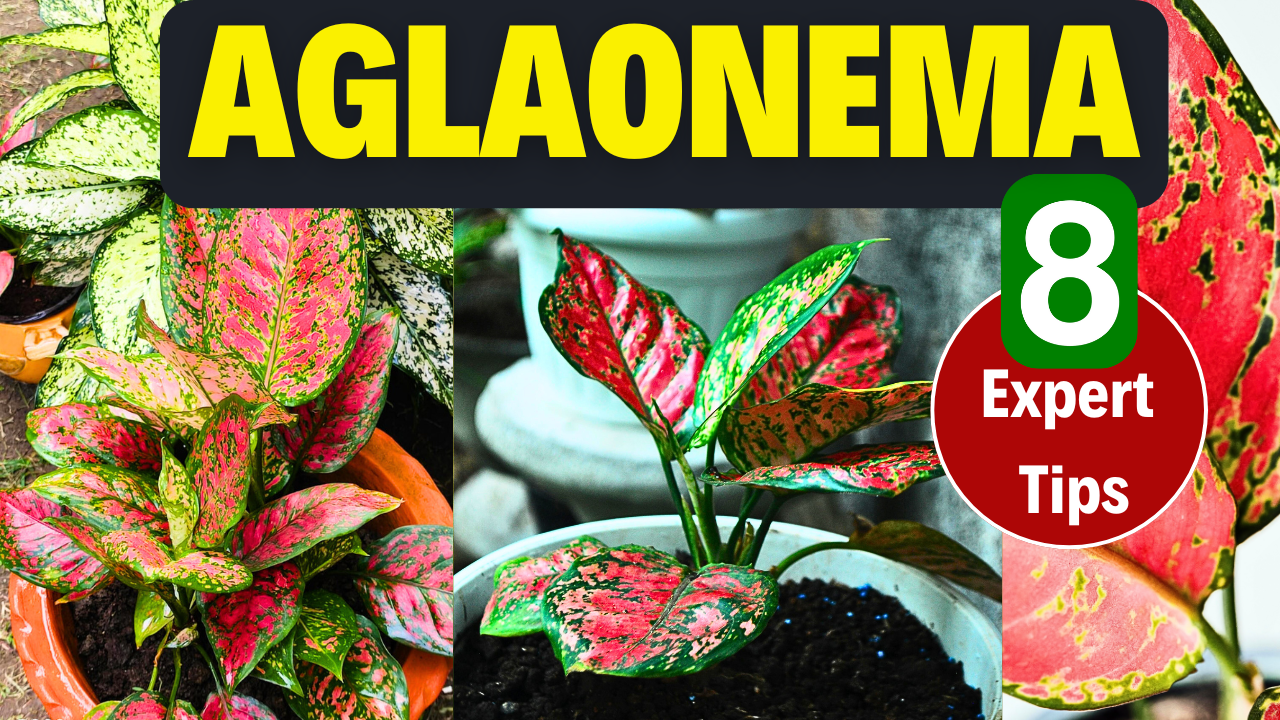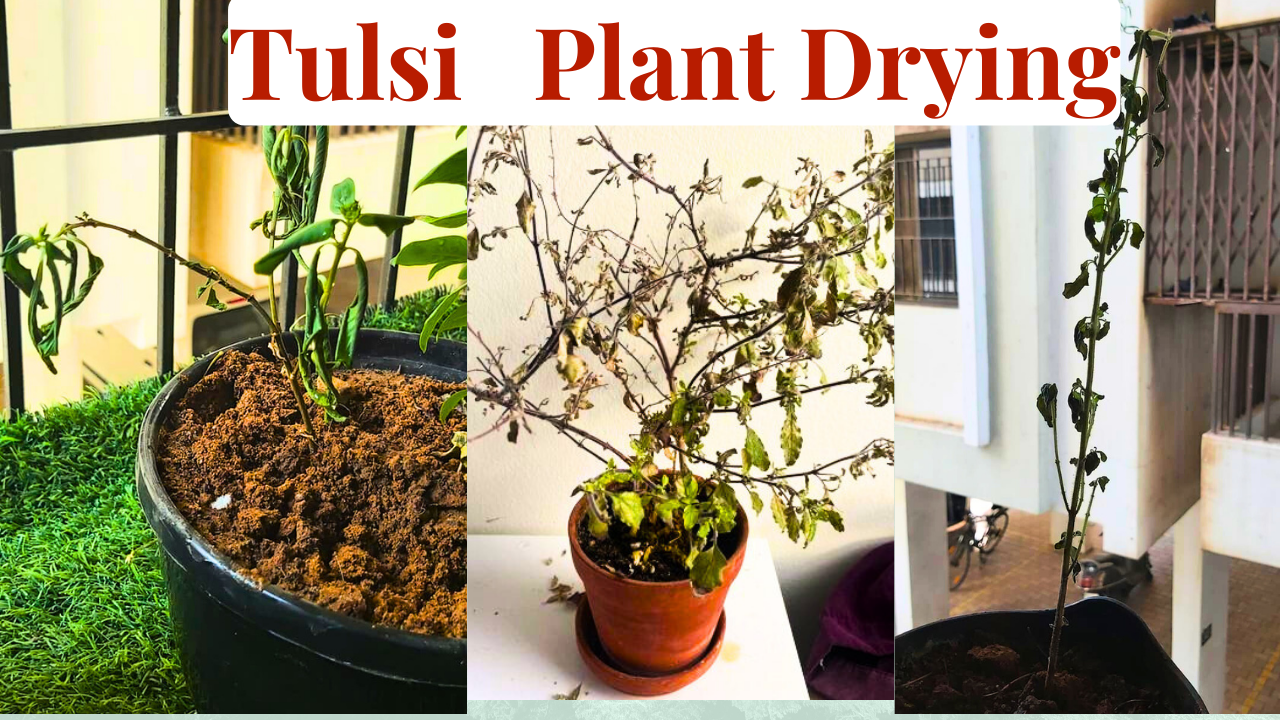Are Tea Leaves Good for Flowering Plants?
If you want more flowers on your rose, butterfly pea (Aparajita), or other flowering plants, using tea leaves can be a fantastic natural solution. Tea leaves are rich in nitrogen, potassium, and other essential nutrients, which enrich the soil, making plants healthier and encouraging abundant flowering. Acting as a natural fertilizer, tea leaves not only enhance plant growth but also improve soil quality.

Table of Contents
ToggleBenefits of Using Tea Leaves for Plants
Using tea leaves as a fertilizer provides several advantages for plants:
✅ Increases soil fertility – The nutrients in tea leaves make the soil more fertile.
✅ Promotes plant growth – The high nitrogen content encourages healthy, lush growth.
✅ Enhances flower quantity and quality – Plants produce more vibrant and abundant flowers.
✅ Helps retain soil moisture – Tea leaves help maintain soil moisture, preventing dehydration.
Are Tea Leaves Good for Flowering Plants?
How to Use Tea Leaves for Plants?
If you want to use tea leaves effectively for your plants, follow these simple steps:
1. Collect Used Tea Leaves
Instead of discarding used tea leaves after brewing, collect them. Make sure they do not contain milk or sugar, as these can be harmful to plants.
2. Wash the Tea Leaves Thoroughly
Rinse the tea leaves 2-3 times with cold water to remove any remaining sugar or impurities that could attract pests.
3. Dry the Tea Leaves
Spread the washed tea leaves in sunlight until they dry completely. This prevents spoilage and ensures they can be stored for longer use.
4. Apply Tea Leaves to the Soil
Sprinkle 1-2 teaspoons of dried tea leaves around the base of each plant. The nutrients will gradually release into the soil, providing continuous nourishment.
5. Use Tea Leaves in Compost
Mixing tea leaves into your compost enhances its nutrient content, making it even more beneficial for plant growth.
Also, read: Benefits of Tea Leaves in Gardening
Important Precautions
⚠ Avoid excessive use – Too many tea leaves can increase soil acidity, which may harm certain plants.
⚠ Do not use tea leaves with sugar or milk – This can attract fungus and ants to the soil.
⚠ If you notice pests, reduce the amount – Overuse may sometimes lead to pest infestations.
Which Plants Benefit Most from Tea Leaves?
Tea leaves work best for plants that thrive in slightly acidic soil, such as:
🌿 Roses
🌿 Butterfly Pea (Aparajita)
🌿 Hibiscus
🌿 Marigold
🌿 Lemongrass
🌿 Tomato and Chili Plants
Conclusion
Using tea leaves correctly can serve as an effective and eco-friendly fertilizer, promoting faster growth and abundant flowering in plants. It is an affordable and sustainable gardening practice that enhances soil health and plant vitality. So, the next time you finish your tea, don’t throw away the leaves—use them to nourish your plants! 🌱🌸
Are Tea Leaves Good for Flowering Plants
Frequently Asked Questions (FAQs)
1. Are tea leaves suitable for all types of plants?
👉 No, tea leaves are ideal only for plants that prefer acidic soil, such as roses, butterfly pea, hibiscus, and tomatoes.
2. Can I add wet tea leaves directly to the soil?
👉 Yes, but it’s better to dry them first so they decompose properly and release nutrients gradually.
3. How often should I use tea leaves for plants?
👉 Applying 1-2 teaspoons per plant once a week is sufficient.
4. Can tea leaves increase soil acidity?
👉 Yes, excessive use can lower the soil’s pH level, which may not be suitable for some plants.
5. Are tea leaves beneficial for vegetable plants?
👉 Yes, they work especially well for tomatoes, chilies, and spinach, enhancing their growth and productivity.
Follow our Social media channel:
1. Voice of Plant – YouTube Channel
2. Voice of Plant Facebook Page
3. Instagram Voice of Plant Channel
Happy Gardening !!


